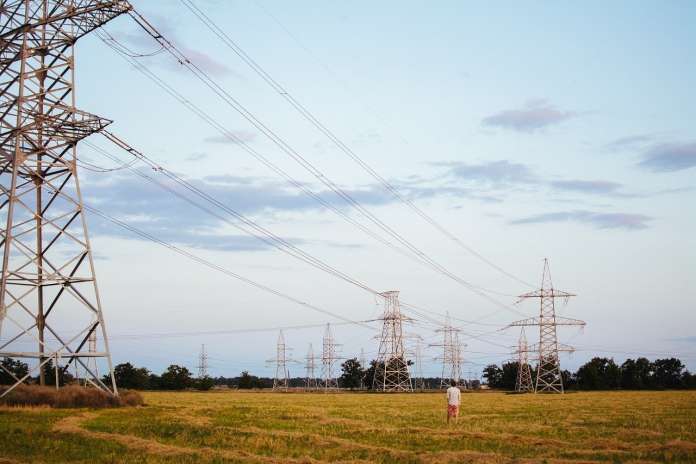The situation in the European power system for winter 2023–2024 is far more certain than winter 2022–2023; yet close screening and monitoring is required, warns the Winter Outlook 2023-2024 published by the European Network of Transmission System Operators (ENTSO-E). This winter, Europe has much greater assurance regarding fuel supply availabilities as supply routes were diversified or alternative supplies were identified by many. Furthermore, nuclear availability and hydro stocks are in much better shape. In addition, the EU has filled gas storages to 90 per cent of their capacity, surpassing the 1 November deadline by approximately two and a half months. A signal of strong European winter preparedness and increased confidence in the security of supply.
A special focus is dedicated to Ukraine and Moldova, which, since March 2022, have been synchronised with the Continental European power system. However, the situation in Ukraine remains uncertain due to potential attacks on energy infrastructure, according to national experts. Ukrenergo carried out an unprecedented restoration and renovation programme to prepare for winter 2023–2024, including the increase of interconnection capacity with neighbours. The power supply situation in Moldova is adequate but reliant on gas supplies and the availability of one single utility in the Transnistrian region. Furthermore, the Moldovan power system operator faces challenges to balance the system.
In most countries of Central and Eastern Europe, no adequacy issues are expected for the Winter of 2023-2024 and no adequacy issues were recorded during the past season.
Some exceptions concern Greece, where there is a high possibility that scheduled unit maintenance may be urgently extended in the heart of winter causing adequacy uncertainty in case of high demand. At the same time, IPTO is in continuous contact with the Gas Transmission System Operator to be able to initiate the switch fuel procedure in some bi-fuel units (gas to oil) in case of emergency.
In Hungary, ENTSO-E expects that the continuously increasing PV generation in the Hungarian system may cause higher uncertainty in operational planning periods and real-time system operation as well, which causes a higher level of reserve requirement even in the winter period. In order to secure the estimated reserve requirement, new improvements are expected to be introduced, such as IT developments and consumer participation in the balancing market. As preparation for the previous winter period, MAVIR tested almost all of the gas power plants’ ability to switch to oil as an alternative fuel and its impact on the power plants’ balancing capacity. ENTSO-E found that while most of the gas power plants can use oil as an alternative fuel, it causes a reduction in some of their balancing capacity. Altogether, the Hungarian power system is expected to be safe during this winter period. However, it is important to note that the oil embargo and a possible natural gas crisis could have unforeseen effects.
The same growth in solar installed capacity can be observed in Lithuania. This year, wind net generating capacity increased by 108 per cent and solar by 127 per cent compared to last winter. These numbers will be rising through winter due to the rapid growth of solar power and the addition of a new solar park connected to the transmission grid.
In Poland, no constraints on hard coal availability are expected in Poland. However, there are limitations with regard to lignite availability in one of the lignite power plants, resulting from depleted lignite stocks and the upcoming closure of the power plant – these constraints limit the available capacity and amount of possible generation for these power plants quite significantly.
Finally, in Romania, Transelectrica expects possible adequacy issues for the winter of 2023-2024. In the case of the peak loads, the consumptions cannot be covered by the own resources in the absence of production in the wind and solar power plants. The consumption coverage can be achieved by importing from neighbouring systems if electricity is available in the region. The situation will be critical in the case of unexpected unavailability of other generation units.



